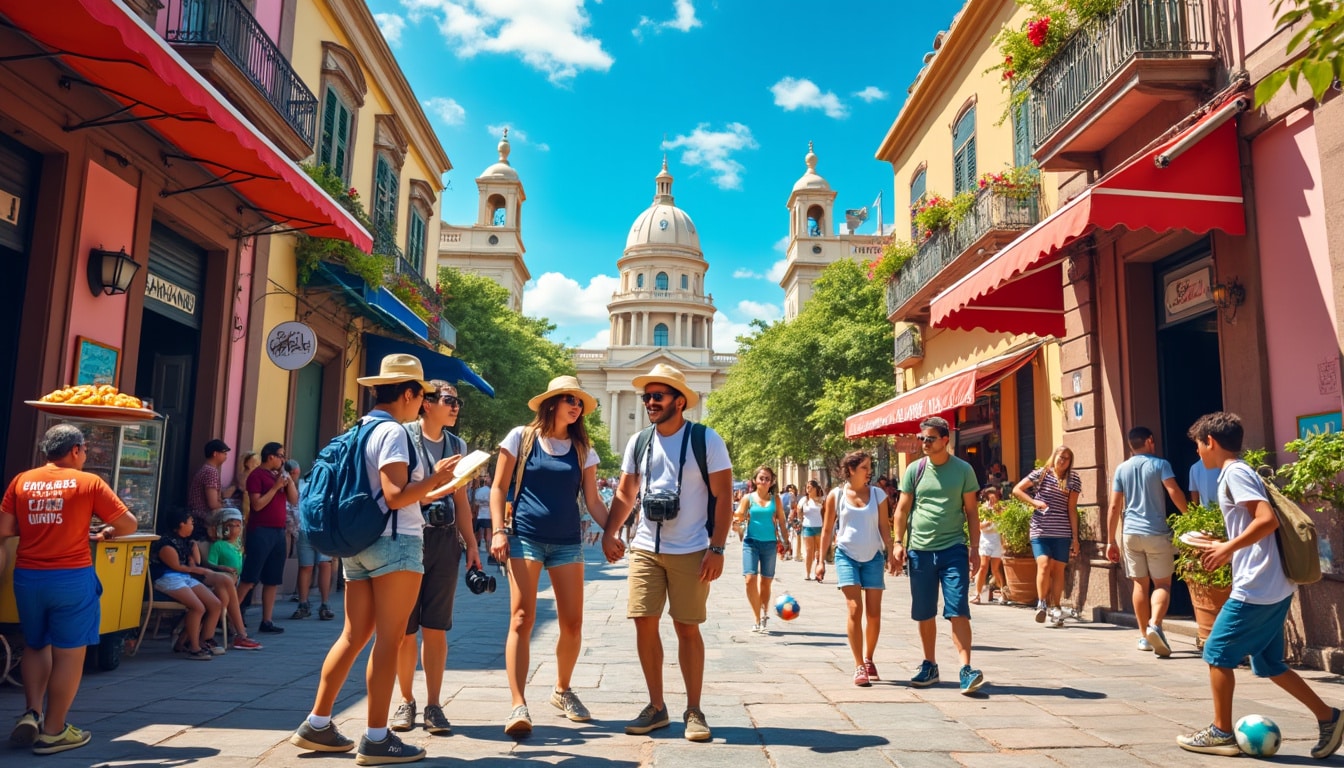Buenos Aires, often referred to as the “Paris of South America,” boasts a mix of European grandeur and Latin flair that attracts millions of visitors each year. With its tango-filled nights, mouth-watering cuisine, and rich cultural tapestry, the capital of Argentina is a destination that beckons with its vibrant life. However, like any major city, it comes with its own set of safety considerations. As you plan your journey, ensuring a safe and enjoyable trip should be your priority. In this guide, we’ll delve into top safety tips, provide insights into navigating the city like a local, and share practical advice for a secure stay in Buenos Aires. From understanding the city’s diverse neighborhoods to mastering the art of street smarts, these tips are essential for every wise traveler.
Understanding Safety in Buenos Aires: A 2025 Perspective
With the advent of 2025, Buenos Aires continues to captivate the hearts of travelers worldwide. Yet, as with any bustling metropolis, safety concerns do arise from time to time. Knowledge is power, and when it comes to ensuring a secure visit to Buenos Aires, being informed is invaluable. Argentina’s fluctuating economic climate has had ripple effects on crime rates, serving as a poignant reminder of the city’s dynamic nature. This section aims to provide a thorough exploration of safety concerns that are prevalent in Buenos Aires today.
Buenos Aires is not inherently dangerous, but requires an understanding of its urban landscape to navigate safely. The city’s crime rate has experienced fluctuations over the years, often influenced by the country’s economic situation. Petty theft and scams are two common occurrences that can take place, especially in busy tourist areas. Travelers should be aware of their surroundings and maintain a cautious approach to personal belongings.
One might hear of pickpocketing incidents, especially in crowded places like public transport systems. As a TravelSafe and UrbanExplorer in Buenos Aires, it’s crucial to keep belongings secure and maintain a reasonable level of vigilance, particularly in bustling areas. The city’s police force has been actively working towards making Buenos Aires safer by increasing patrols in areas popular with tourists. It is also helpful to know that, should an emergency arise, Buenos Aires has a responsive system for both police and medical support.
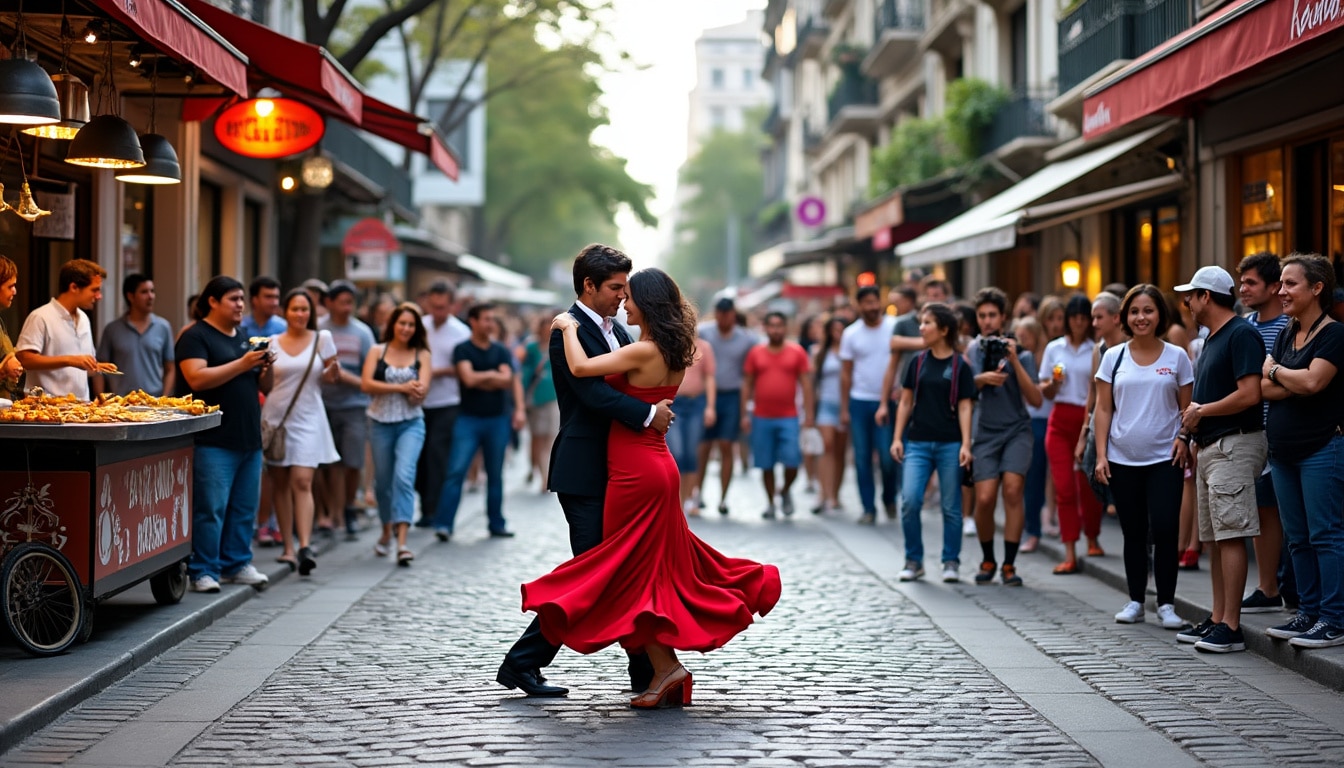
Crime Rates and Perceptions
Crime perception often varies significantly, influenced by personal experiences, media portrayal, and local hearsay. While statistics show an increase in crime related to economic downturns, many travelers report having uneventful and pleasant experiences without encountering any safety issues. Ultimately, perception can greatly influence one’s approach to safety, but practical knowledge should always take precedence.
To help you better understand the crime rates, here is a breakdown:
| Crime Type | Common Areas | Prevention Tips |
|---|---|---|
| Petty Theft 👜 | Crowded markets and The Subte | Avoid displaying valuables, use money belts |
| Scams 🎭 | Public transport and tourist traps | Be wary of distractions, stay alert 🚨 |
| Muggings ⚠️ | Quiet streets at night | Travel in groups, keep to well-lit areas |
Navigating Buenos Aires Neighborhoods Safely
Understanding Buenos Aires’ diverse neighborhoods can significantly enhance your safety during your visit. Each area offers unique charm and character, but it’s essential to recognize the varied safety profiles associated with each. As a LocalGuides or SecureTravel enthusiast, knowing the neighborhoods is key.
Among the most recommended areas for accommodation are Recoleta and Palermo, which are celebrated for their lower crime rates and abundance of tourist-friendly amenities. These neighborhoods are rich in culture, boasting museums, cafes, and parks while maintaining a reputation for being some of the safest areas in the city.
Conversely, caution is advised in districts like La Boca and Villa Lugano. Known for their vibrant cultures and art scenes, they are also areas where tourists should remain especially vigilant. During daylight hours, the well-trodden paths are generally safe, but it’s advisable to avoid wandering through unfamiliar streets after dark.
- Recoleta: Known for its historic cemetery and European architecture. 🏛️
- Palermo: A favorite for parks, dining, and nightlife. 🌳
- San Telmo: Offers a taste of old-world charm but be cautious at night. 🕰️
- La Boca: Known for Caminito Street and colorful houses. Visit during the day. 🌈
- Puerto Madero: Modern, upscale, and connected to the city’s financial district. 🚢
For a seamless and safe adventure, travelers can utilize ride-sharing services like Uber, which provide a more secure way to navigate the city, particularly at night. Additionally, public transport can be a practical way to explore, with the subte (subway) and buses providing extensive coverage. Awareness and discretion with your belongings when using public transportation are vital.
Make sure to bookmark this guide to understand more about the culture and local life in Buenos Aires to enhance your exploration experience.
Street Smarts and Cultural Awareness
When venturing through Buenos Aires, adopting an UrbanExplorer mindset can significantly enhance both security and satisfaction. Buenos Aires is a potpourri of cultural influences, and by engaging with its local customs respectfully, travelers often find their experiences enriched.
Firstly, merging into the local culture is not only polite but also a wise travel strategy. Dressing down, avoiding flashy displays of wealth—such as expensive jewelry or technology—and learning some basic Spanish are excellent starting points. This not only helps in blending in but also makes interactions with locals smoother and enriching.
Buenos Aires is known for its tango culture, delicious asado (Argentinian barbecue), and vibrant festivals. Joining in these festivities provides a richer travel experience. As a SafeJourney participant, knowing the cultural calendar can aid in navigating potential spots where crime may occur due to large crowds.
It’s also prudent to familiarize yourself with common scams. For instance, fake petitions, distraction techniques such as ‘mustard spills’ to distract and rob tourists, or individuals posing as beggars to map out targets. Recognizing such ploys can safeguard belongings and ensure a hassle-free vacation.
- Learn essential phrases: “Dónde está?” (Where is?) 👍🏽
- Participate in local events: Tango shows, futbol matches, food tours 🍽️
- Embrace dining like a local: Try empanadas or milanesas ☕
To truly travel safe and wise, remember always to remain aware of your immediate environment, stick to well-traveled routes, and avoid isolated areas. Access legal insights for tourists too.
Preparing for Emergencies and Staying Connected
No one plans for emergencies, yet being prepared can prevent an unexpected event from becoming a disaster. In Buenos Aires, it’s advisable to create a personal TravelSafe kit before setting off on excursions. This preparation entails having important documents in order, knowing emergency contacts, and ensuring means of communication.
Always maintain copies of passports, insurance documents, and travel itineraries secure but accessible. Consider leaving passports locked in your safe at your lodging and carrying a secondary form of identification like a driver’s license. A robust insurance policy is another foundation for a SecureTravel experience.
Equally, familiarizing oneself with emergency contact numbers of local authorities can expedite help in distressing situations, giving peace of mind. Buenos Aires has a commendable police and medical response team, often with English-speaking personnel.
Another smart choice is establishing open communication lines with family or friends. Regular updates about your whereabouts ensure someone is aware of your itinerary, enhancing overall safety.
- Keep an offline map of Buenos Aires 🗺️
- Program emergency numbers into your phone: Police (101), Medical Assistance (107) 📞
- Use apps like WhatsApp to stay in touch with loved ones and ask about the daily life to gain local insights.
It is also wise to research the geographical coordinates of your main travel areas to enhance your knowledge of the city layout.
Travel Insurance and Health Precautions
Ensuring you have comprehensive travel insurance is as essential as packing your passport. A reliable insurance policy will cover unforeseen expenses resulting from medical emergencies, travel delays, or even theft. Services like World Nomads offer flexible options tailored for numerous adventure activities, providing coverage worldwide.
Buenos Aires’ climate is generally comfortable for travel, yet being aware of its occasional extremes is crucial. The climate can shift from hot summers to frequent rainstorms. Thus, it’s advisable to check weather forecasts regularly during your stay. Understanding these climate variations ensures you are always appropriately dressed, minimizing unexpected illnesses.
Maintaining good health is central to enjoying Buenos Aires. The city offers safe drinking water, yet for some travelers, bottled water is preferable. Give careful thought to what you’ll eat from street vendors if your digestive system is sensitive.
Before embarking on your journey, check rain patterns and potentially visit flooding risks to adjust your plans accordingly. For anyone undertaking a trip as an SafeWanderer or SecureTraveler, ensuring you are backed with adequate health precautions can make all the difference in gathering unforgettable memories from Buenos Aires.
FAQ: Buenos Aires Safety Tips
Here we address some of the most frequently asked questions regarding travel safety in Buenos Aires.
| Question | Answer |
|---|---|
| Is Buenos Aires safe for solo travelers? | Yes, with proper precautions. Safe neighborhoods like Recoleta are suggested for solo travelers. 🚶 |
| Can tourists use tap water in Buenos Aires? | Yes, it is generally safe; however, bottled water is advisable if you have a sensitive digestive system. 💧 |
| What is the best transportation mode for night travel? | Uber or licensed taxis are recommended, especially at night for safety and reliability. 🚖 |
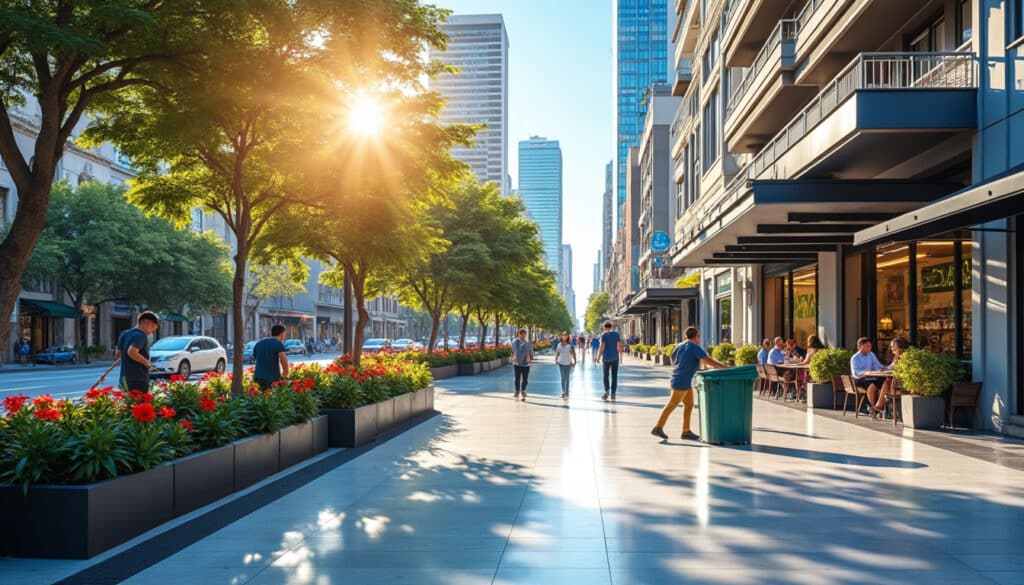
Cleanliness and hygiene in Buenos Aires
Renowned for its vibrant culture and rich heritage, Buenos Aires continues to maintain the charm that draws countless visitors to its streets each year. However, the city’s allure is accompanied by ongoing efforts to ensure cleanliness and hygiene in its…
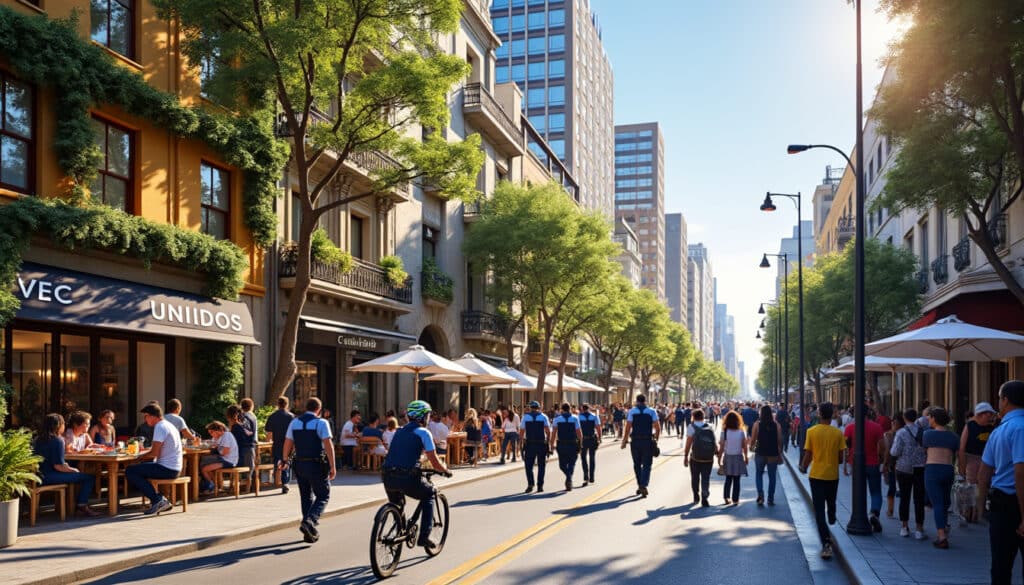
General safety in Buenos Aires
With its enchanting blend of European elegance and vibrant Latin American culture, Buenos Aires stands as a beacon of allure for travelers across the globe. As visitors meander through its tree-lined avenues, dance to the tango rhythm in its plazas,…
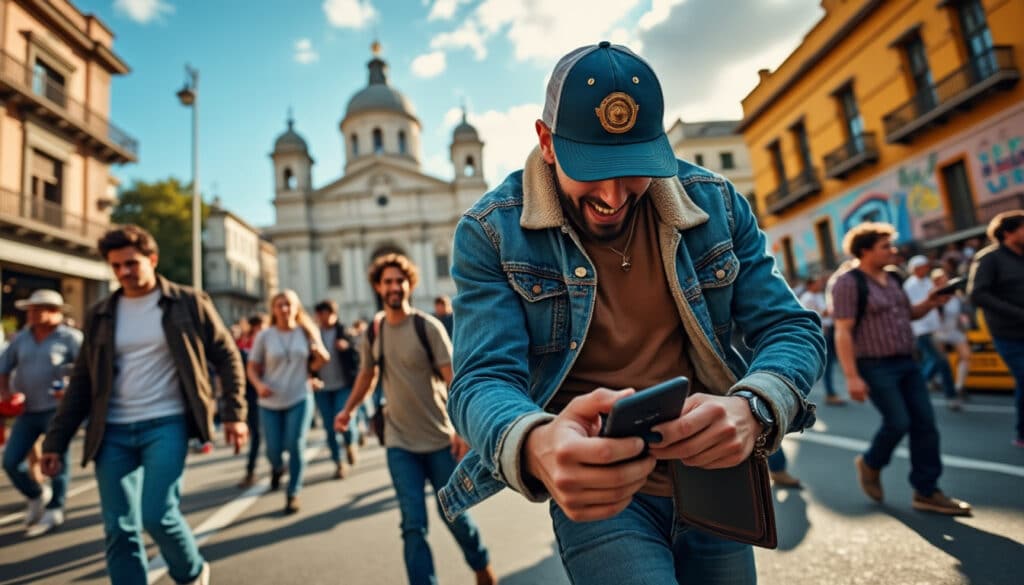
Pickpocketing and theft in Buenos Aires
Picture this: Buenos Aires, a dazzling tapestry of tango, tantalizing cuisine, and eclectic architecture. 🇦🇷 This thriving metropolis is a melting pot of cultures, yet beneath its vibrant charm lies an ever-present issue faced by locals and visitors alike—pickpocketing and…
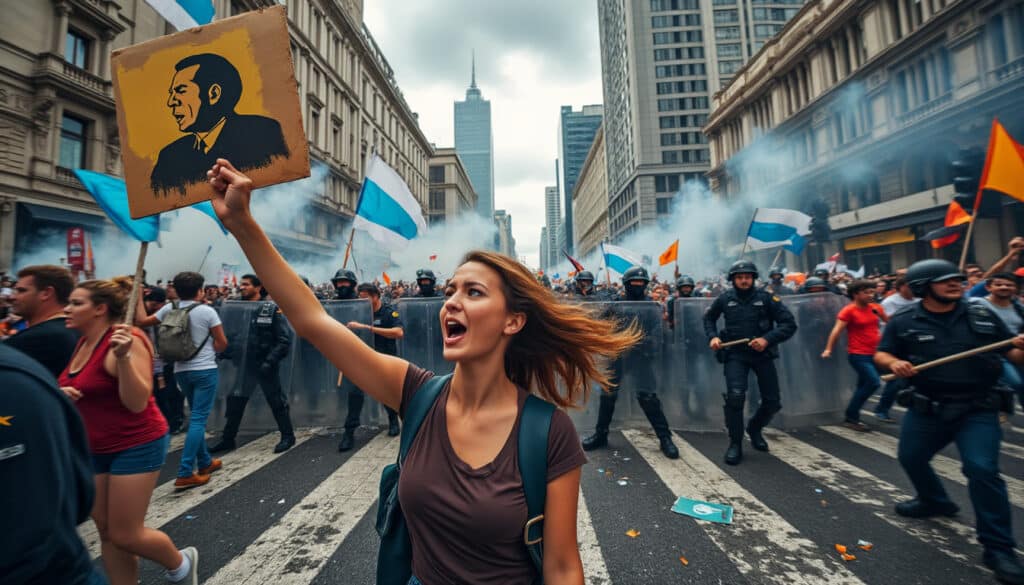
Protests and social unrest in Buenos Aires
In recent years, Buenos Aires has transformed into a hub of continuous protests and social unrest, reflecting Argentina’s complex political landscape. The capital city frequently witnesses tens of thousands of citizens taking to the streets, voicing concerns over issues ranging…
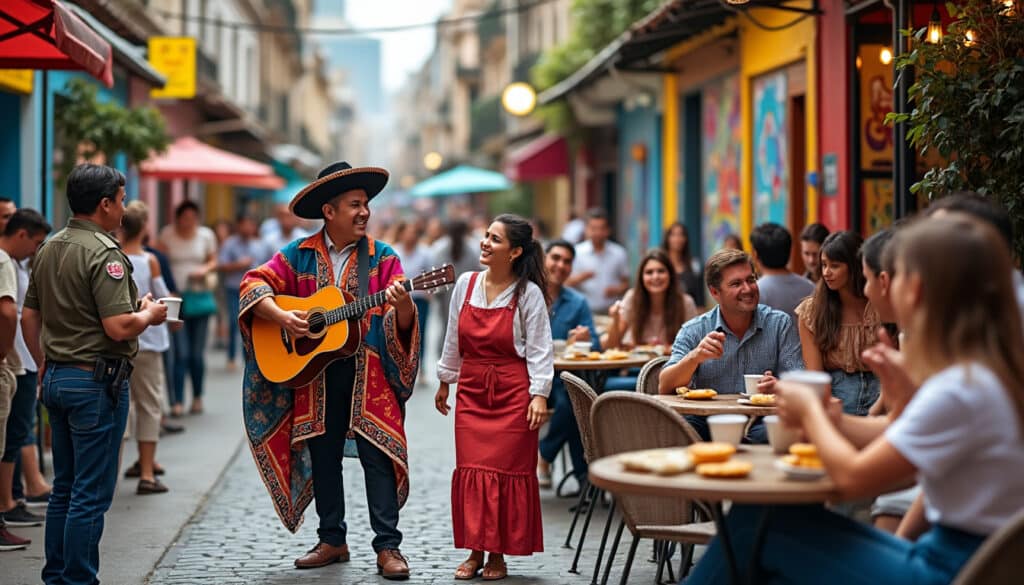
Safety in Buenos Aires for travelers from different countries
Exploring Buenos Aires is an experience like no other. As the vibrant capital of Argentina, this city is a melting pot of rich culture, stunning architecture, and bustling street life. Yet, for those planning their visit, safety is always a…
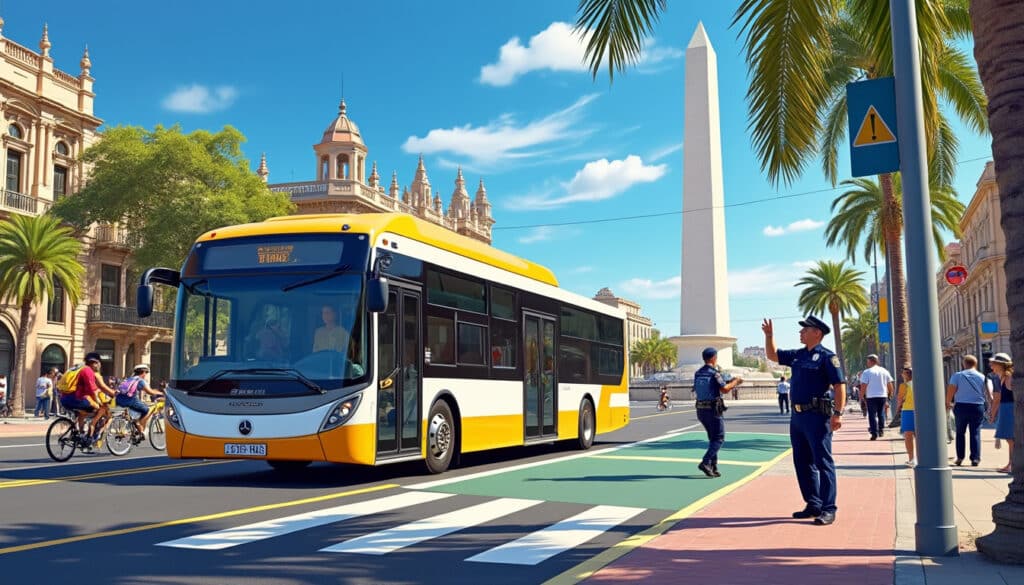
Transport safety in Buenos Aires
With its rich cultural tapestry and dynamic urban landscape, Buenos Aires entices travelers and newcomers alike. Yet, as with any bustling metropolis, queries about safety naturally arise, particularly concerning transportation. From the vibrant streets of Palermo to the historic charm…

